41,000 years ago, the Earth went through a period of intense upheaval when its magnetic field reversed, exposing the planet to solar and cosmic radiation.
In that situation, Homo sapiens - our ancestors - survived thanks to special innovations, including... sunscreen made from ochre.
The Earth's magnetic field not only creates spectacular auroras, but also acts as a natural "biological shield" that protects the planet from harmful cosmic rays and ultraviolet radiation.
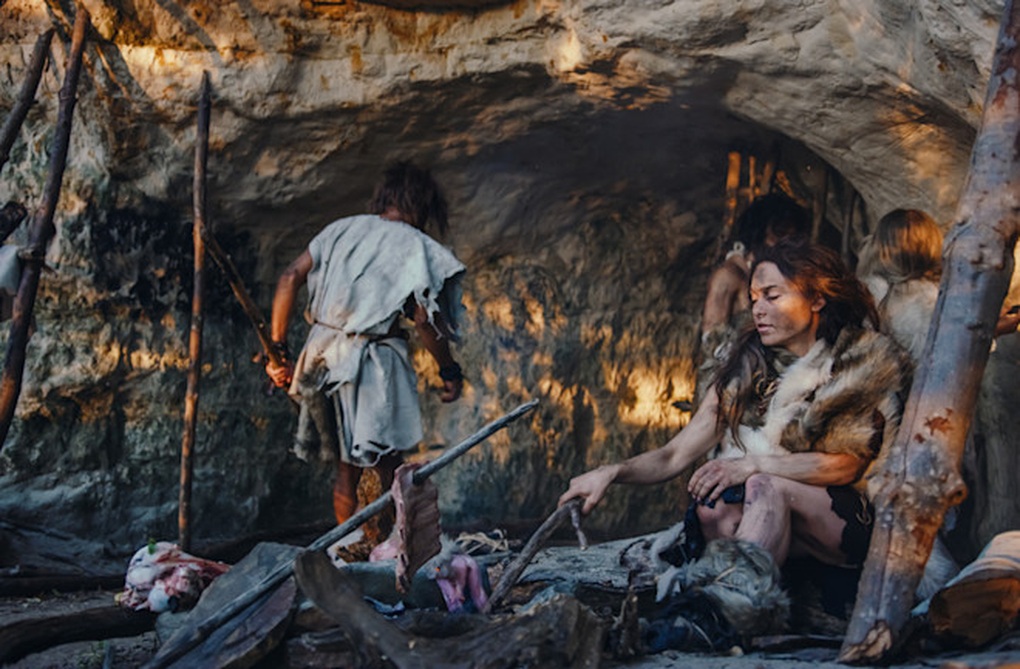
Caves, animal skin clothing and ochre "sunscreen" are believed to have helped our ancestors survive the apocalypse (Photo: Getty).
However, the shield is not immutable. Over its hundreds of millions of years of history, the magnetic field has undergone several “polarity flips” – a phenomenon that causes the North and South Poles to switch places.
One of the most notable reversals was the Laschamps Event, which occurred about 41,000 years ago. During this event, Earth’s magnetic field weakened by 90%, leaving the planet vulnerable to “invisible strikes” from space.
Magnetic apocalypse

Magnetic fields help protect the Earth from ultraviolet radiation (Photo: Getty).
New research published in the journal Science Advances reveals that the Laschamps event may have caused auroras, which are typically seen only at the poles, to spread to temperate regions. Earth may have taken on the appearance of a fantasy planet at that time.
But behind that beauty lies a harsh reality. The ozone layer is being eroded, ultraviolet rays are increasing dramatically, causing DNA damage, genetic mutations, birth defects and increasing the risk of skin cancer in living organisms.
And it was in this dire context that Homo sapiens - modern humans - and Neanderthals coexisted, facing the most difficult survival challenge in evolutionary history.
How did our ancestors survive?
According to a research team at the University of Michigan, archaeological evidence shows that Homo sapiens adapted to the radiation-filled environment thanks to three factors: shelter, clothing and... natural mineral cosmetics.
The use of caves as habitats became popular during the Laschamps period - as a way of sheltering from radiation.
Tools such as bone needles and awls appeared more frequently, showing that humans began to know how to sew clothes from animal skin - both to keep warm and to act as a natural UV shield.
Most notable are traces of ochre - a red/yellow mineral commonly found in cave art, found with high frequency during this period.
According to anthropologist Associate Professor Raven Garvey, ochre can be crushed and applied to the skin as an ancient form of mineral sunscreen. Several experimental studies have confirmed ochre’s ability to reflect ultraviolet rays, helping to minimize skin damage caused by prolonged sun exposure.
"This is not just art. The use of ochre may be a manifestation of a survival strategy," Associate Professor Garvey said.
Neanderthals disappeared because they couldn't adapt in time?
In contrast to Homo sapiens, Neanderthals left no clear evidence of using ochre as a protective tool, or developing clothing made from animal skins. The hypothesis is that they may not have adapted quickly enough to the harsh changing conditions as the magnetic field weakened.
That delay could have made them more vulnerable to radiation, leading to physical decline, reproductive disorders and eventually extinction.
However, the research team also cautiously said: The relationship between the Laschamps event and the disappearance of Neanderthals cannot be confirmed as cause and effect, but only at the level of correlation.
Vital Lessons for the Future?
Today, the Earth’s magnetic field continues to weaken, with the magnetic north pole steadily moving faster toward Siberia. While a reversal like Laschamps may be far off, the story of our ancestors is still a sobering scientific warning.
Creativity, the ability to exploit natural resources and adapt flexibly to the environment are factors that helped Homo sapiens overcome the "magnetic apocalypse" in the past.
And it's interesting to think that the tube of sunscreen you're using this summer—with ingredients like zinc oxide or titanium—is an upgraded version of ancient ochre.
A testament to this: survival science began in prehistoric times, and continues to write its story today.
Source: https://dantri.com.vn/khoa-hoc/41000-nam-truoc-loai-nguoi-song-sot-qua-tan-the-nho-kem-chong-nang-20250516070952636.htm







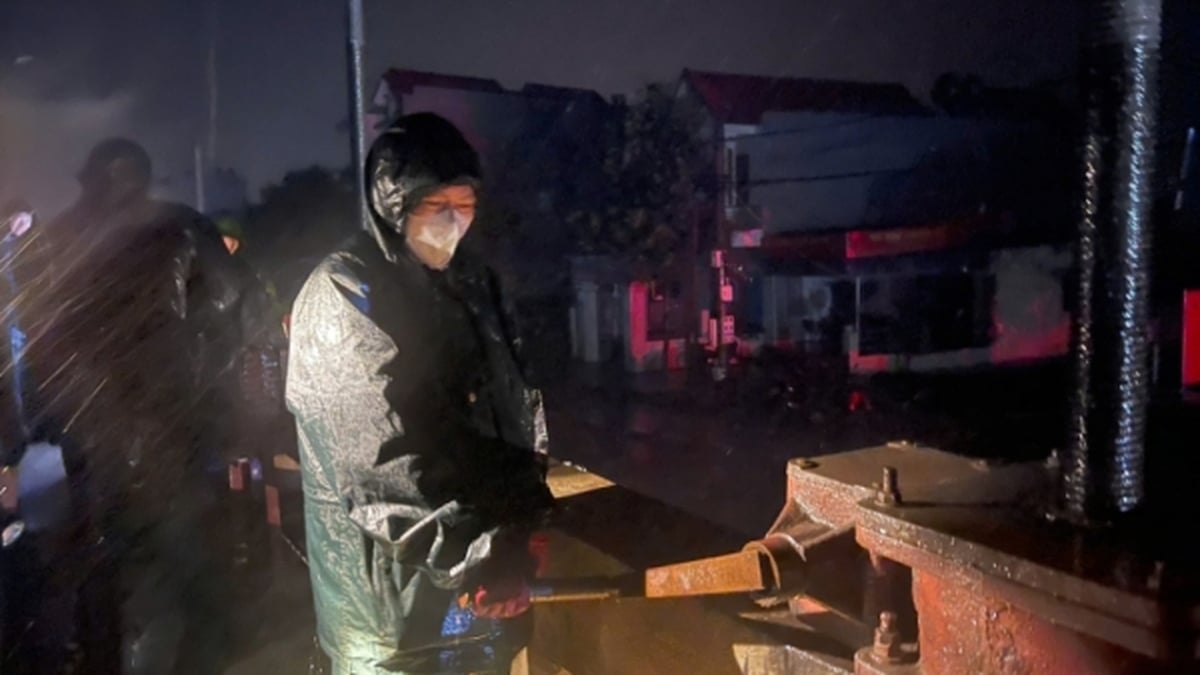
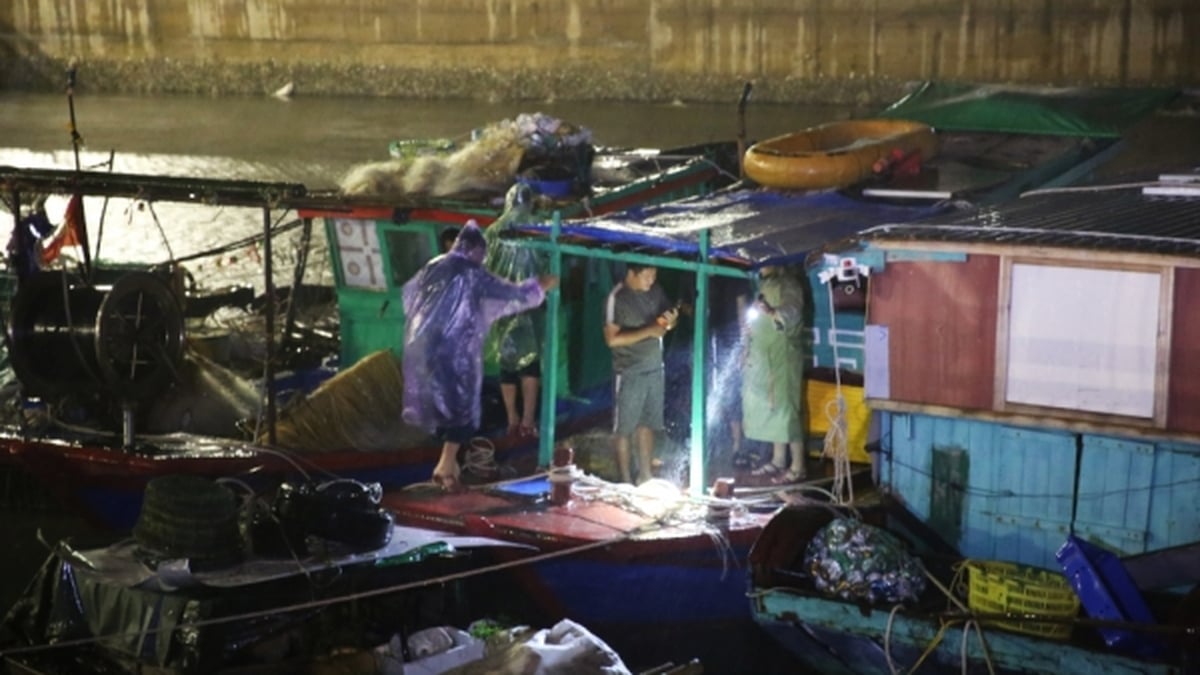


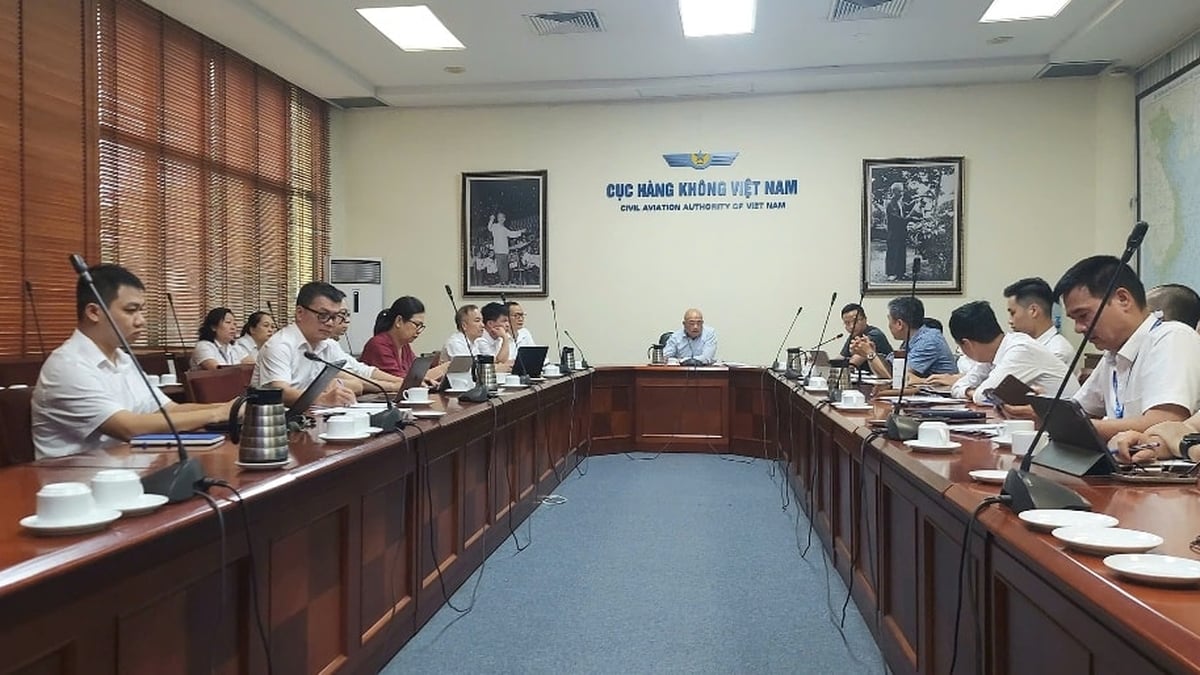










![[Photo] National Assembly Chairman Tran Thanh Man visits Vietnamese Heroic Mother Ta Thi Tran](https://vphoto.vietnam.vn/thumb/1200x675/vietnam/resource/IMAGE/2025/7/20/765c0bd057dd44ad83ab89fe0255b783)









































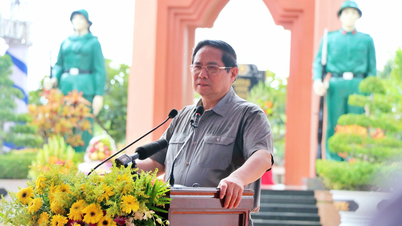
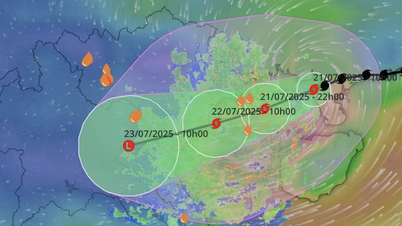


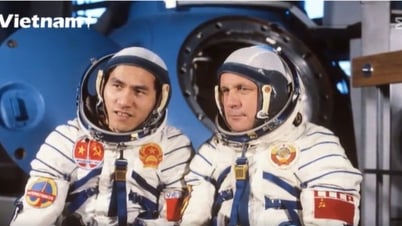

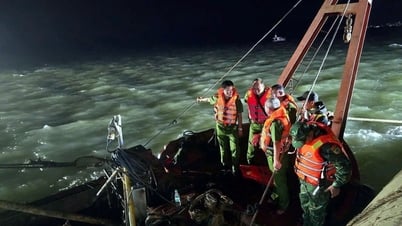
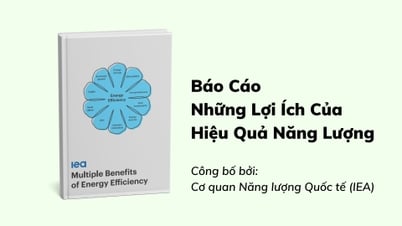

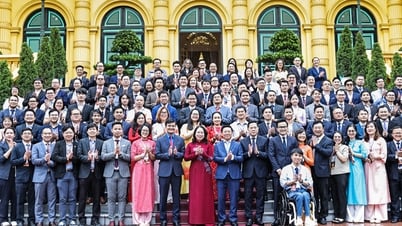
























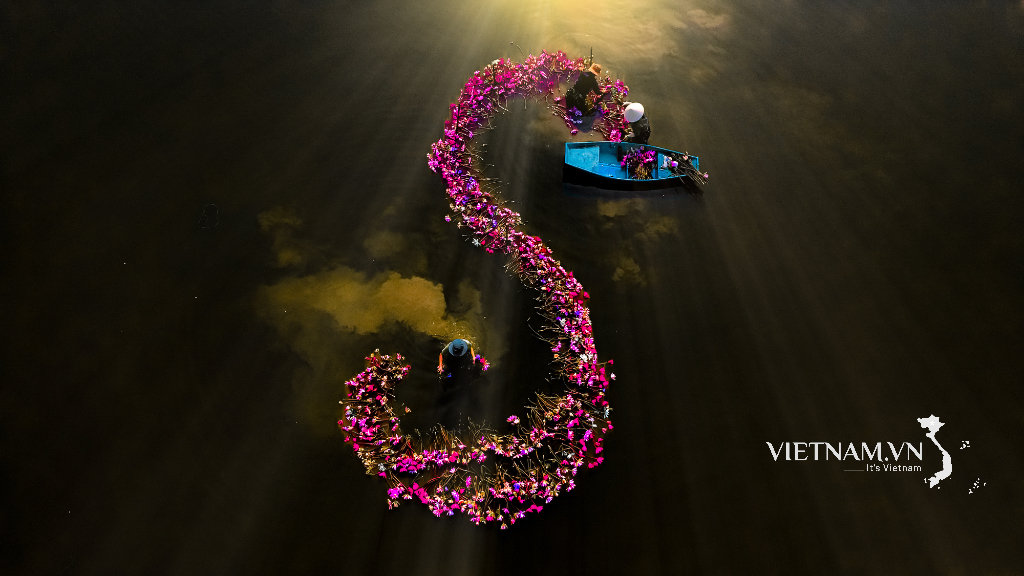

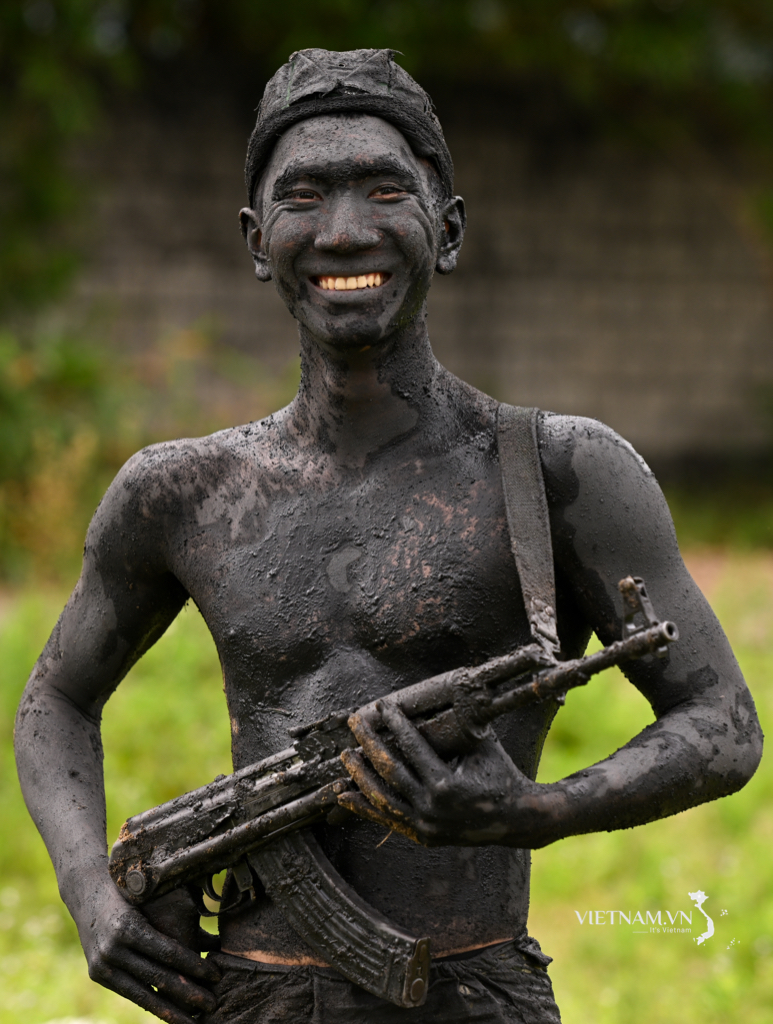
Comment (0)